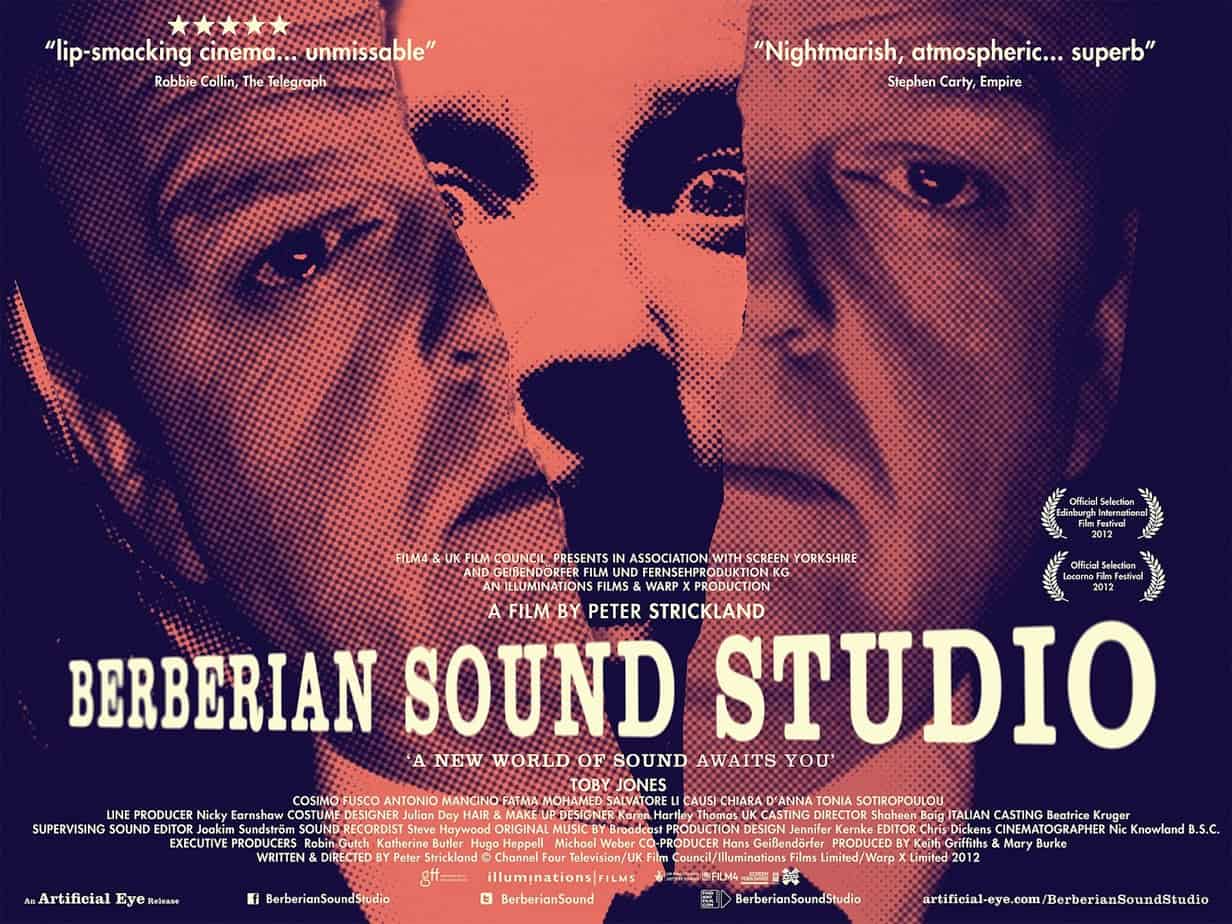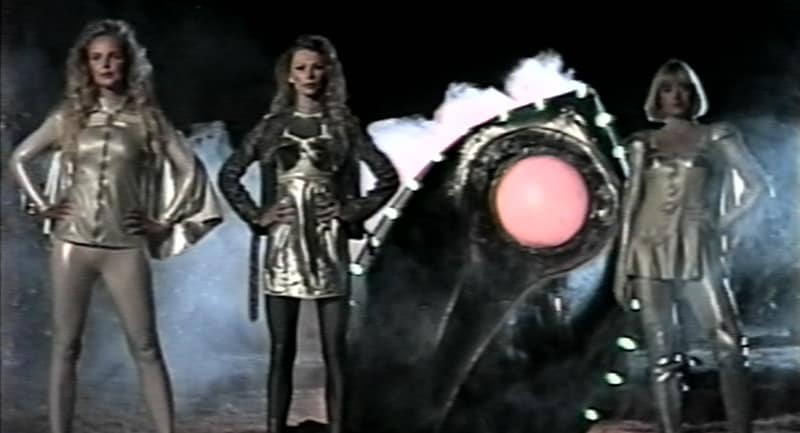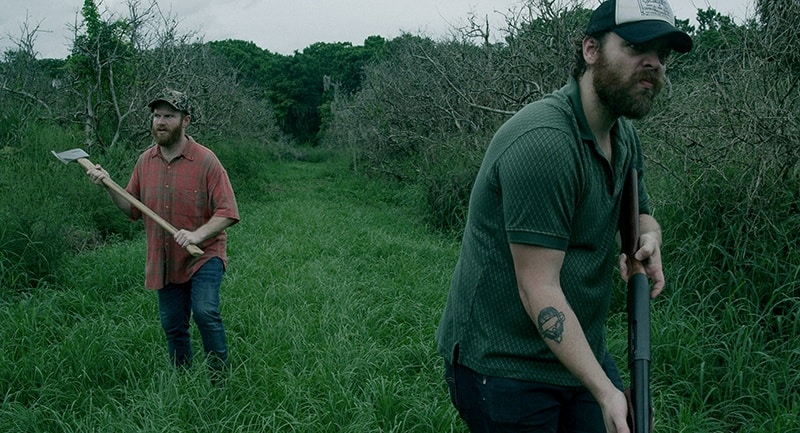
FF ’12 Review: ‘BERBERIAN SOUND STUDIO’
I almost find it hard to call Berberian Sound Studio a film. The experience of watching is simply that . . . an experience. All of the formal elements of a film are present: characters, dialogue, and story – albeit a minor one . Yet, the film isn’t necessarily about that. Peter Strickland has instead designed a film that acts as both a loving homage to fans of giallo cinema while also using sound to tell a very atmospheric tale of a skittish sound designer.
Toby Jones stars as Gilderoy, an English sound designer who arrives in Italy to work on a new film. If the timid technician wasn’t already stressed-out enough because of the demanding producer and a missing claims department, then the fact that the film is in the horror genre really pushes him close to the edge. The screaming witches and murdered women of the film Gilderoy is working on seem to be having a nightmarish effect on his psyche as the line between fiction and reality begin to blur.
The world of foley effects and sound design are explored to great effect. Not only do we see how many of the sound effects are created during a film, but the sound design of the actual film is enhanced to build uneasiness. In some instances the “pulling back of the curtain” on the world of sound design in horror films is done in an amusing black humor fashion. Much of the creepiness of the film stems from the combination of the sound and the visuals. Extreme close-ups are shown of a messy pulp set to the sounds of a terrified woman screaming only to reveal through a zoom-out that the pulp is actually squashed and chopped fruit and not the gory insides of the fictional victim. Strickland deconstructs what makes horror movies as scary as they are by leaving all the horrors of the fictional film Gilderoy is working on hidden from us, the viewer. We never see the torture of the women even though we are described the deails of what is going on and can pretty much piece together the movie in our minds. Because the movie in our head is always going to be more terrifying than what we actually see. This is a refreshing nod to not necessarily the giallo subgenre – which was known for not shying away from images of blood and guts – but to the classic horror films of Robert Wise (The Haunting) and Val Lewton (Cat People) which utilized sounds and shadows to scare the viewer rather than cheap shocks. Fans of giallo cinema though will appreciate the blood red, stylized design of the opening credits that seems inspired by the films of Bava, Argento, and Martino.
After creating a claustrophobic setting that is permeated with an unsettling atmosphere, Strickland and company shifts the film into a final act that recalls Polanski’s paranoia mixed with David Lynch’s surreal storytelling. Some viewers may feel this final descent into madness is unwarranted and goes nowhere in too slow of a fashion. While I do feel that the final reel evolves in an organic way that seems quite fitting, I will say it does feel a little empty and leaves you wanting a bit more. The point or meaning behind Berberian Sound Studio could be interpreted in a couple of ways if that is something you’re looking for. Letters from Gilderoy’s wife are shown but never explained, scenes starting in Gilderoy’s bedroom morph into him in the studio, and several red-herrings are thrown in to lead the viewer into a downward spiral. I’m not one who admits to fully understanding it all. However, you can also enjoy the film on the most simplistic of levels . . . as an experience. This stripped-down, often ambiguous, tale of paranoia and loneliness is an exercise is style that is effortlessly delivered with such such confidence by its filmmaker that you would be hard-pressed not to be impressed and terrified by this love-letter to horror cinema.



